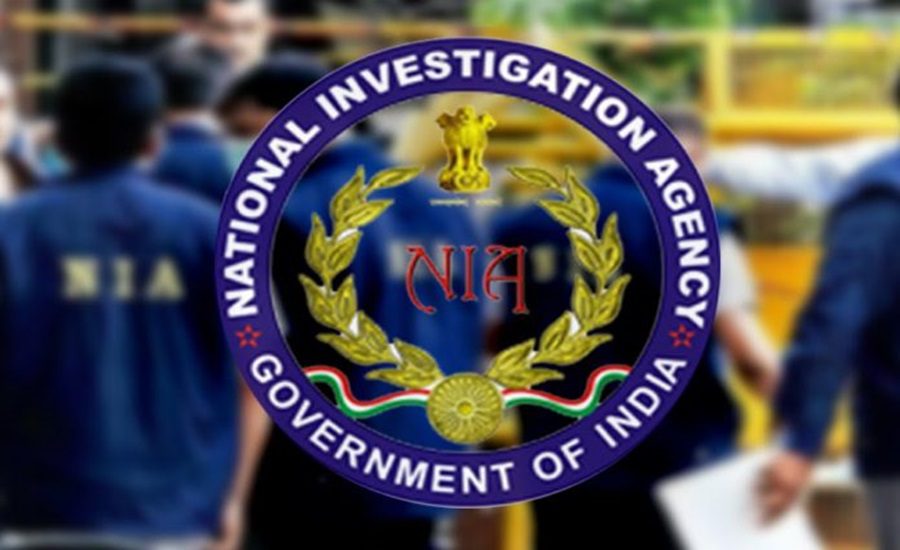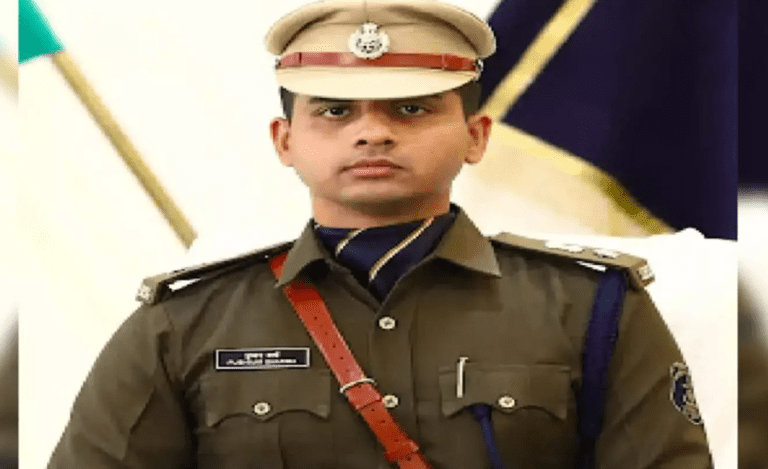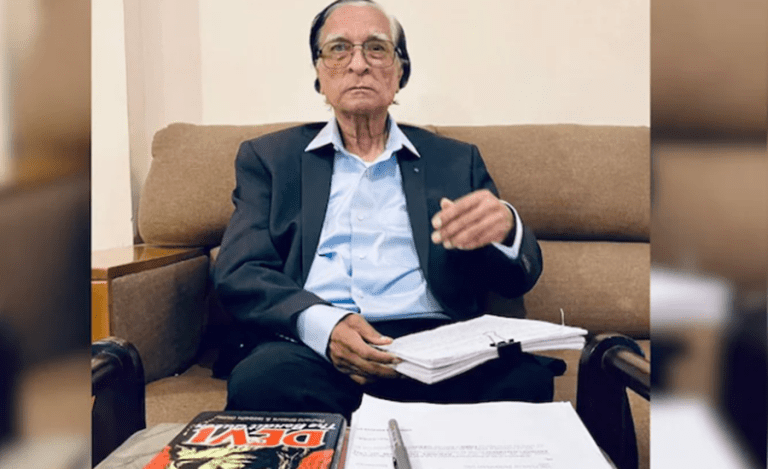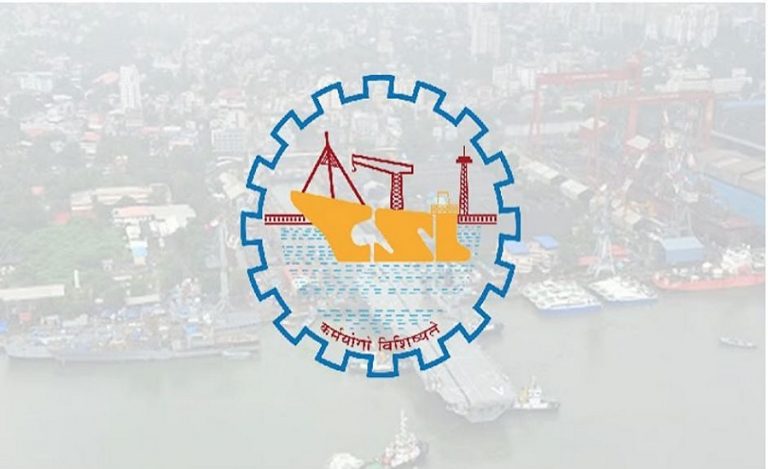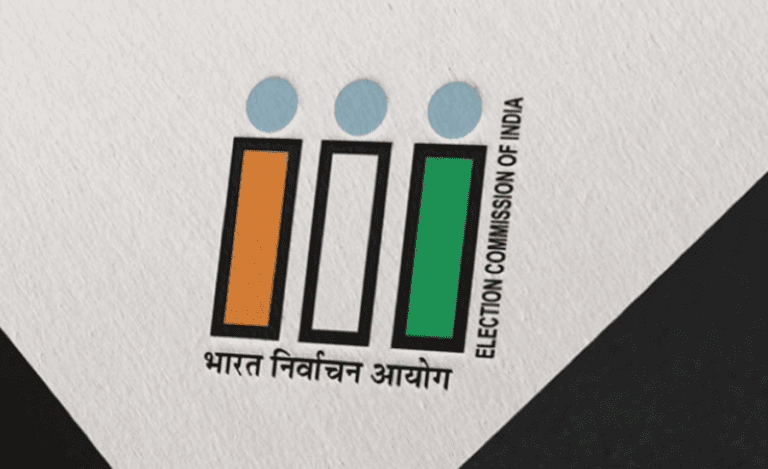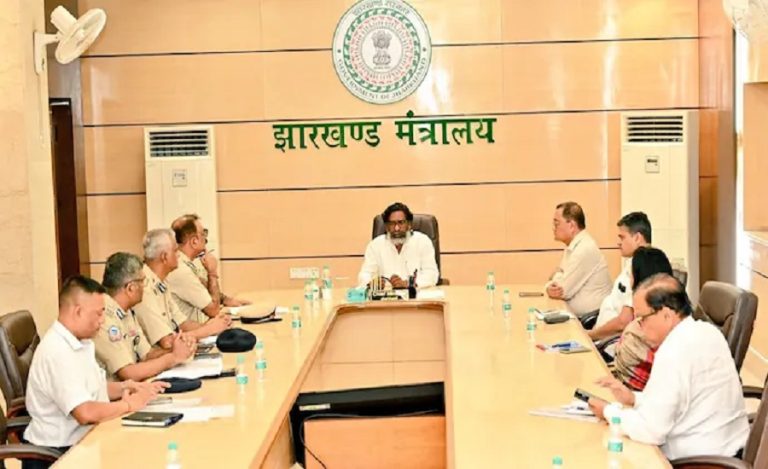In the aftermath of the shocking car bombing near Delhi’s Red Fort, the Central government has moved rapidly to reinforce national security mechanisms. With investigative momentum picking up, the National Investigation Agency (NIA) has taken charge of the probe, uncovering links to high-profile terror outfits and cross-border networks. The swift administrative action highlights the government’s developmental and security-driven approach to safeguarding national interests.
NIA Accelerates Investigation With First Arrest and Multi-State Action
In a significant breakthrough, the NIA made its first arrest on Monday, marking the beginning of an extensive investigation. Early findings suggest the explosion was far from an isolated incident, instead revealing connections to Jaish-e-Mohammed operatives active in Jammu and Kashmir. The case has sparked discussions not only across India but also in Pakistan and other nations due to its geopolitical implications, especially concerning India-Pakistan relations and the trajectory of Operation Sindoor.
Leadership Under Spotlight: The Officer Who Survived 26/11 Now Leads the Probe
The investigation is being supervised by NIA Chief Mr. Sadanand Vasant Date, a 1990-batch IPS officer from the Maharashtra cadre. Known for his extraordinary courage during the 2008 Mumbai attacks, Mr. Date was shot while taking on terrorists Ajmal Kasab and Abu Ismail at Mumbai’s Cama Hospital. His quick thinking saved several hostages that night.
Currently serving as Director General of the NIA since April 1, 2024, Mr. Date brings unmatched experience in tackling terrorism and organized crime. Under his leadership, the Red Fort blast probe is expected to be one of the most complex national security operations in recent years.
Why the Case Was Handed to the NIA: A Multi-State, High-Sensitivity Investigation
Given the explosion’s location in a highly sensitive zone and its links to multiple states and foreign entities, the Home Ministry transferred the case from Delhi Police to the NIA. The agency is now working to dismantle what appears to be a sophisticated white-collar terror module.
The arrest of Aamir Rashid Ali, who provided the car for suicide bomber Dr. Umar, has led investigators to expand their search across six states. Over 73 witnesses have been questioned as the agency works closely with police forces from Delhi, Jammu and Kashmir, Haryana, and Uttar Pradesh.
Funding Trails, Foreign Links, and a Possible New Terror Module
A crucial part of the investigation involves identifying the source of financial support behind the attack. Initial findings reveal that the primary suspect received large funds through illegal channels. Establishing connections between illicit transactions, foreign funding, and Pakistan-based handlers—possibly including mysterious figures such as “Madam Surgeon” Dr. Shaheen—is now a primary focus.
The agency is also probing how a vehicle-borne IED was deployed in such a high-security zone, examining potential security lapses and systemic vulnerabilities.
A Crucial National Security Moment for India
As the NIA works relentlessly to uncover every layer of the conspiracy, the findings could significantly influence India’s counter-terror strategy in the coming years. With multiple agencies coordinating under a unified command, the investigation underscores the nation’s commitment to ensuring public safety, reinforcing border security, and strengthening internal intelligence systems.

